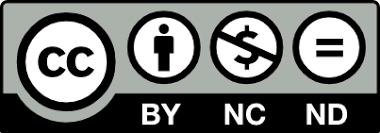COLOR IDIOMS AND THEIR GEORGIAN EQUIVALENTS
Keywords:
color idioms, semantic transparency, universal idioms, translation strategiesAbstract
The subject of the present article is color idioms in English, their classification based on semantic transparency, stability of form, connotation and the ability to be translated into Georgian. In regard to translation, special attention is paid to the transfer of images contained in the original idioms into the target language. Considering the specific character of idioms, particularly color idioms, different methods of translation have been suggested including finding the exact or close equivalents of transparent, universal idioms. Other strategies used with more opaque expressions are finding the expressions whose constituent parts are in some way associated with the colors mentioned in the original expressions. Paraphrasing, replacing color idioms with textually/dynamically equivalent expressions having the same value and function in Georgian, and calquing are other possible methods.
Full Text (PDF)
References
Baker, M. 1992. In other words: a coursebook on translation. London and New York: Routledge
Brenner, G. 2003. Webster’s new world American idioms handbook. Indianapolis: Wiley Publishing, Inc
Glucksberg, Sam (2001) Understanding Figurative Language: From Metaphor to Idioms. Oxford: Oxford University Press. 12th November 2010 <http://site.ebrary.com>.
Kovács G. (2016) About the Definition, Classification, and Translation Strategies of Idioms. chrome-extension://mhjfbmdgcfjbbpaeojofohoefgiehjai/index.html
Kvetko, P. 2009. English lexicology in theory and practice. Trnava.
Seidl, J.–Mc Mordie, W. 1988 [1978]. English idioms (5th edition). Oxford, New York: Oxford University Press.
Strakšiene, M. 2009. Analysis of idiom translation strategies from English into Lithuanian. Studies about languages 14: 13–19. http://www.kalbos.lt/ zurnalai/14_numeris/03.pdf. (29 March 2016).
Mateshvili O. 2017. English-Georgian Dictionary of Idioms. Tbilisi












